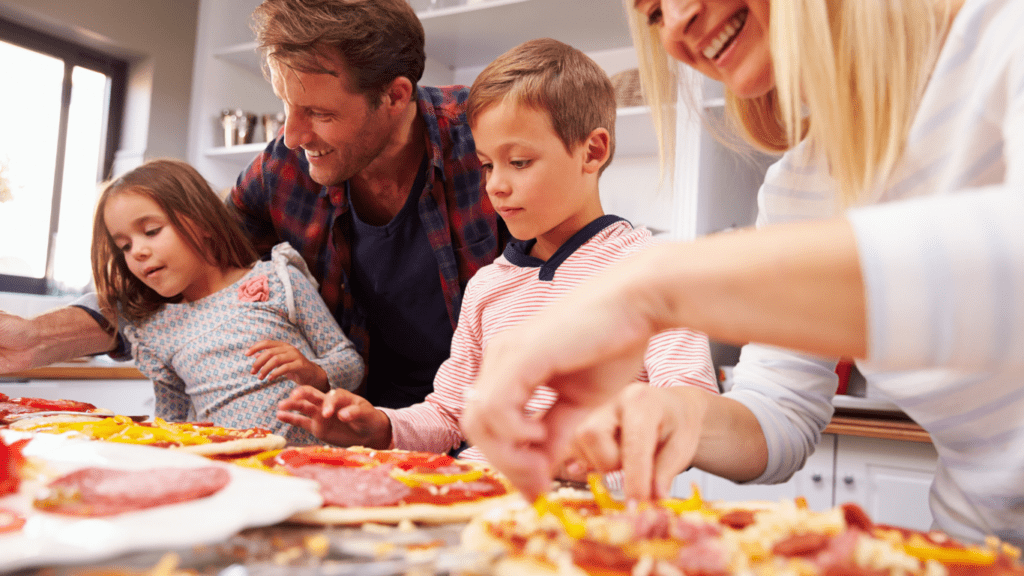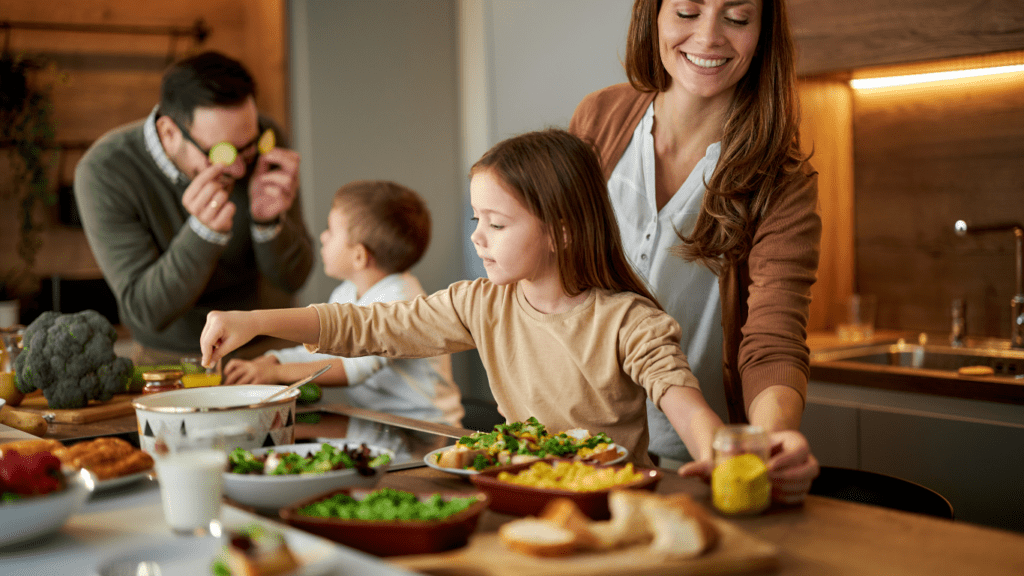Cooking has always been more than just making meals—it’s about creating moments. I’ve found that the kitchen can be the heart of a home, where laughter, stories, and delicious aromas blend together. There’s something magical about gathering around a counter, sharing tasks, and watching a meal come to life with everyone’s hands in the mix.
The Joy Of Cooking Together
Cooking together creates opportunities for connection and shared experiences. Collaborative meal preparation turns everyday routines into moments of togetherness.
Strengthening Family Bonds Through Cooking
Group cooking activities encourage open communication and teamwork. Assigning tasks like chopping vegetables or mixing ingredients gives everyone a role, fostering a sense of belonging. For example, younger children can measure spices while teenagers assist with stove-related tasks.
Cooking sessions provide a platform for storytelling and cultural sharing. Families can exchange recipes passed down from generations, connecting to their heritage. This exchange boosts emotional bonds and creates lasting memories.
Benefits Of Shared Meal Preparation
- Shared cooking improves collaboration skills and problem-solving. For instance, adapting recipes or adjusting for missing ingredients encourages creative thinking.
- This interaction builds trust and cooperation among family members.
- Joint meal preparation also promotes healthier eating habits.
- Involvement in cooking educates family members about ingredients and portion sizes, empowering them to make better dietary choices.
- Studies indicate that families who cook meals together consume more nutritious foods, including fresh fruits and vegetables.
By involving multiple generations, cooking together bridges gaps in age and perspective, enriching relationships and strengthening familial ties.
Exploring The Book: Cooking Together: Delicious Recipes That Bring Families Closer

This book focuses on fostering connection through shared culinary experiences. With approachable recipes and practical tips, it transforms family cooking into a joyful, bonding activity.
Key Themes And Approach
The book centers on collaborative cooking as a tool to strengthen family bonds. It emphasizes teamwork in the kitchen, encouraging communication and shared responsibilities. It includes techniques for simplifying meal prep so all family members, regardless of age, can participate. Practical advice on adapting recipes ensures inclusivity, which makes the process enjoyable for everyone. I noticed its focus on using fresh, wholesome ingredients promotes healthier eating habits without sacrificing flavor. The storytelling aspect of the book invites families to explore cultural and personal histories, teaching children the value of tradition and connection.
Standout Recipes And Techniques
The recipes balance simplicity and flavor, catering to both novice and experienced cooks. Standouts include interactive dishes like:
- build-your-own tacos
- personalized mini pizzas
- dumpling-making activities
which foster engagement. The book highlights smart techniques, such as prepping ingredients together, dividing tasks by skill level, and creating time-efficient recipes for busy families. Cooking tips for modifying traditional dishes introduce an element of creativity, allowing families to tailor meals to their tastes. The focus on reusable ingredients and minimal food waste encourages sustainable cooking while maximizing mealtime satisfaction.
Tips For Making Family Cooking Fun And Engaging
Making cooking enjoyable and interactive deepens family connections and creates lasting memories. Simple strategies can enhance participation and keep everyone excited about cooking together.
Age-Appropriate Tasks For Kids
Assigning tasks based on age ensures kids stay engaged while contributing meaningfully. Younger children, aged 3-5, can help wash vegetables, stir batters, or tear salad greens. Kids aged 6-9 can handle slightly complex tasks, like measuring ingredients, mixing dough, or assembling sandwiches. Older children, aged 10 and above, can chop softer vegetables, sauté ingredients under supervision, or follow simple recipes. These tasks instill confidence and teach essential culinary skills while maintaining safety.
Encouraging Creativity In The Kitchen
Allowing room for creativity fosters enthusiasm and personal expression during meal prep. Encourage family members to customize parts of the recipe, like choosing toppings for pizzas, decorating cupcakes, or experimenting with herbs and spices. Setting up build-your-own food bars, like taco or pasta stations, lets everyone showcase their imagination. This approach keeps cooking exciting and highlights how collaborative creativity enhances the experience.





